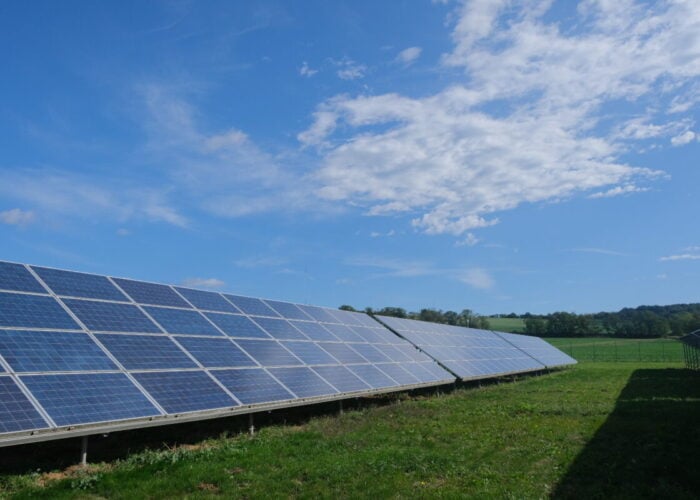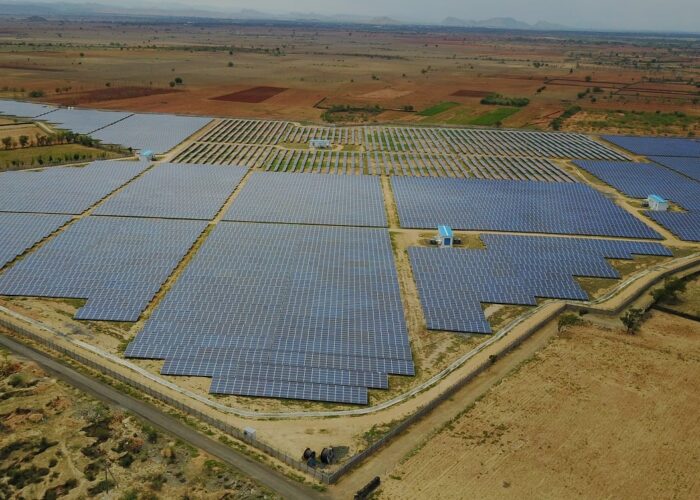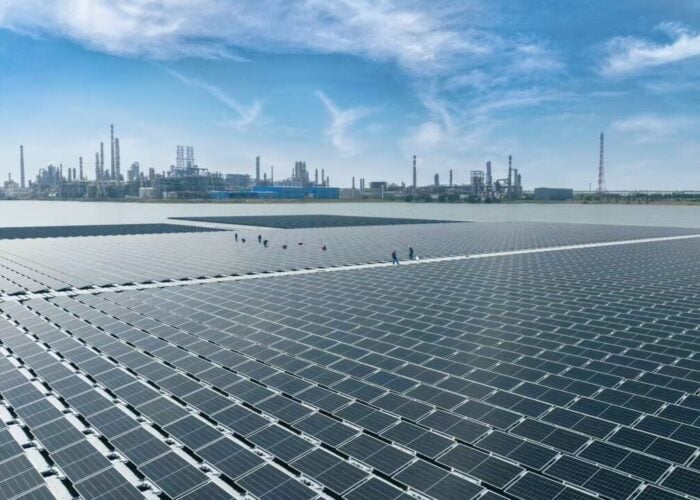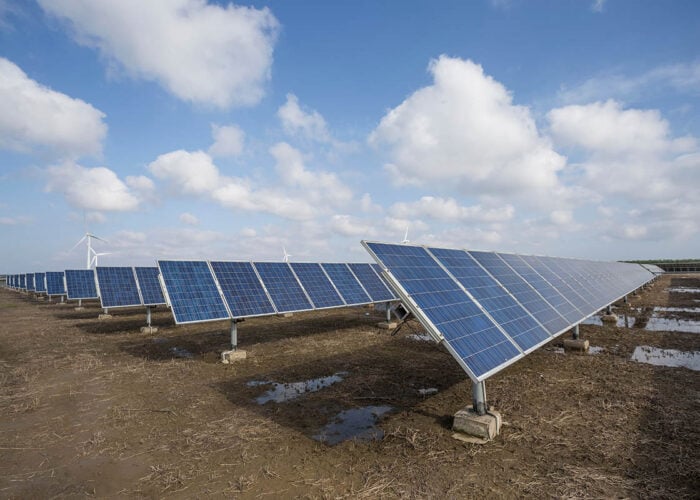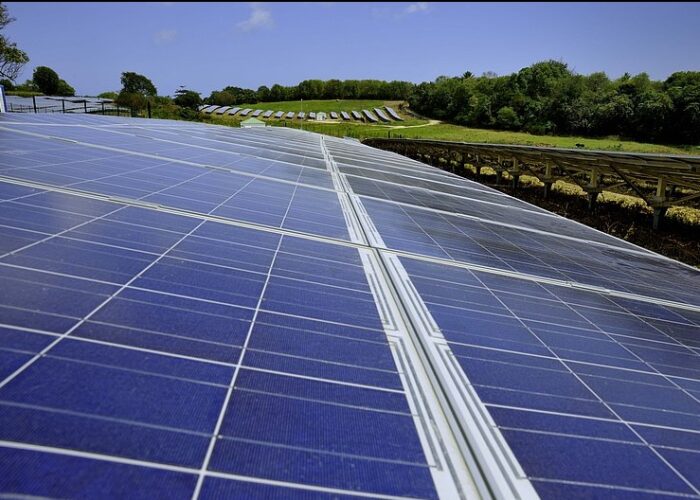During IEEE’s 35th PV specialist conference, RASIRC and the Fraunhofer Institute for Solar Energy Systems will present their research on using purified steam in the solar cell fabrication process with their paper, “Purified Steam for Industrial Thermal Oxidation Processes.” The paper compares purified steam with pryolytic team for silicon solar cell fabrication.
“Our research with Fraunhofer on using purified steam in the solar cell fabrication process has generated many positive and cost effective results,” said RASIRC founder and president Jeffrey Spiegelman. “This result reveals that purified steam enables the growth of high quality thermal oxides for the industrial fabrication of thermal oxide-passivated silicon solar cells.”
Unlock unlimited access for 12 whole months of distinctive global analysis
Photovoltaics International is now included.
- Regular insight and analysis of the industry’s biggest developments
- In-depth interviews with the industry’s leading figures
- Unlimited digital access to the PV Tech Power journal catalogue
- Unlimited digital access to the Photovoltaics International journal catalogue
- Access to more than 1,000 technical papers
- Discounts on Solar Media’s portfolio of events, in-person and virtual
Thermal silicon oxides are known to passivate silicon surfaces and have been used for the fabrication of efficient silicon solar cells. In most cases, the steam used for wet oxidation is produced by pyrolysis of highly purified hydrogen and oxygen gases. A new approach for direct steam delivery is to purify vaporized deionized water, wherein the process decreases costs for expendables, eliminates hydrogen gas from the facility and improves safety because of increased saturation with steam in the process atmosphere results in a higher cell growth rate during oxidation.
The research paper compares the two steam generation technologies, analyzes the physical properties of purified steam grown thermal oxides and implements a direct steam-based oxidation process into an industrial fabrication sequence for rear-surface passivated solar cells. Results have shown that by using industrial equipment for wet chemical cleaning and thermal oxidation, high effective carrier lifetimes of ~400 µs on 1 Ohmcm floatzone wafers for both steam sources were achieved.

